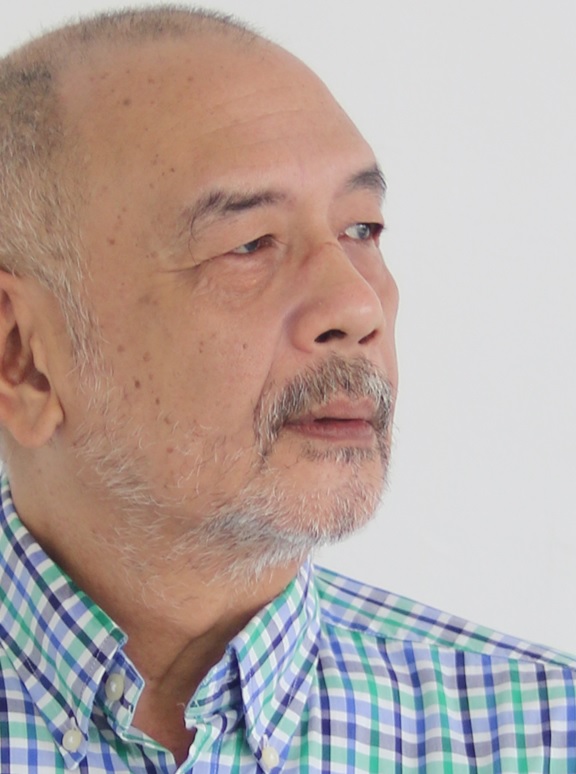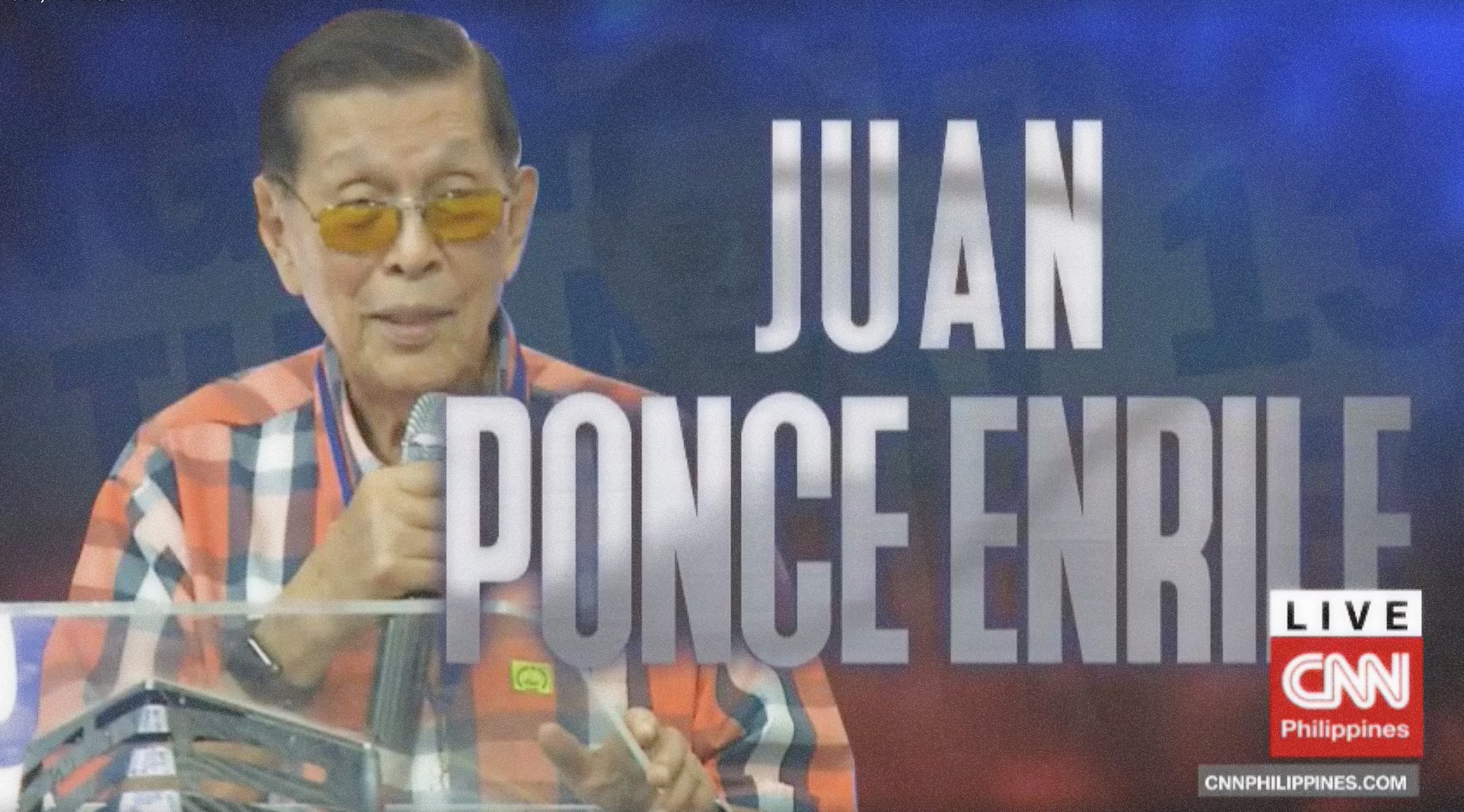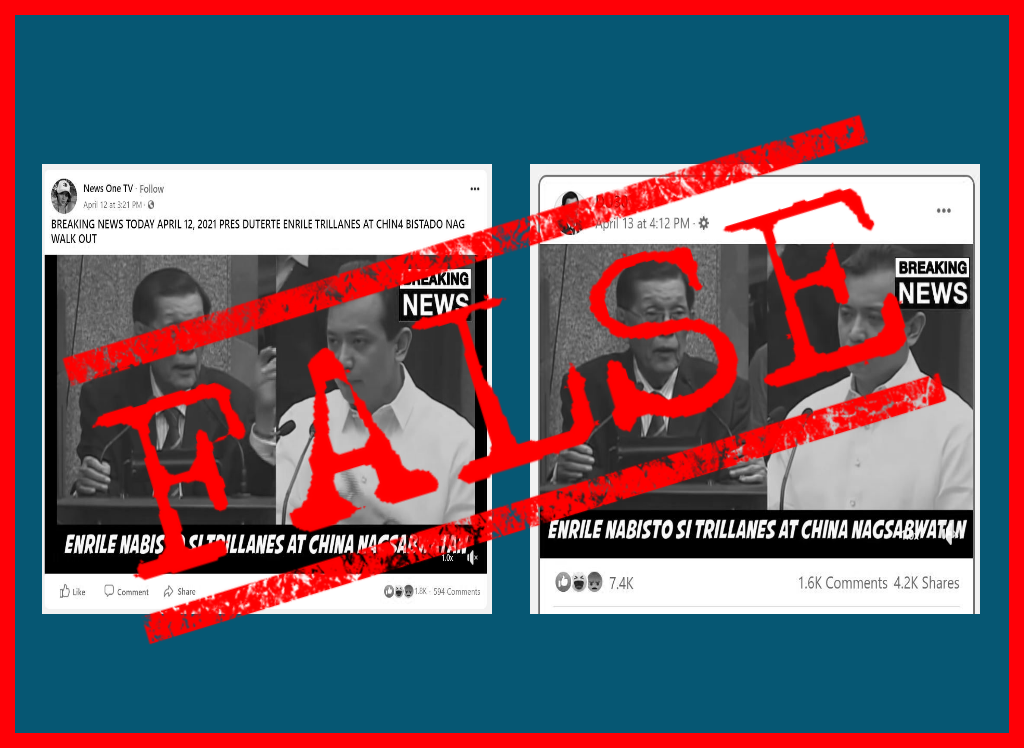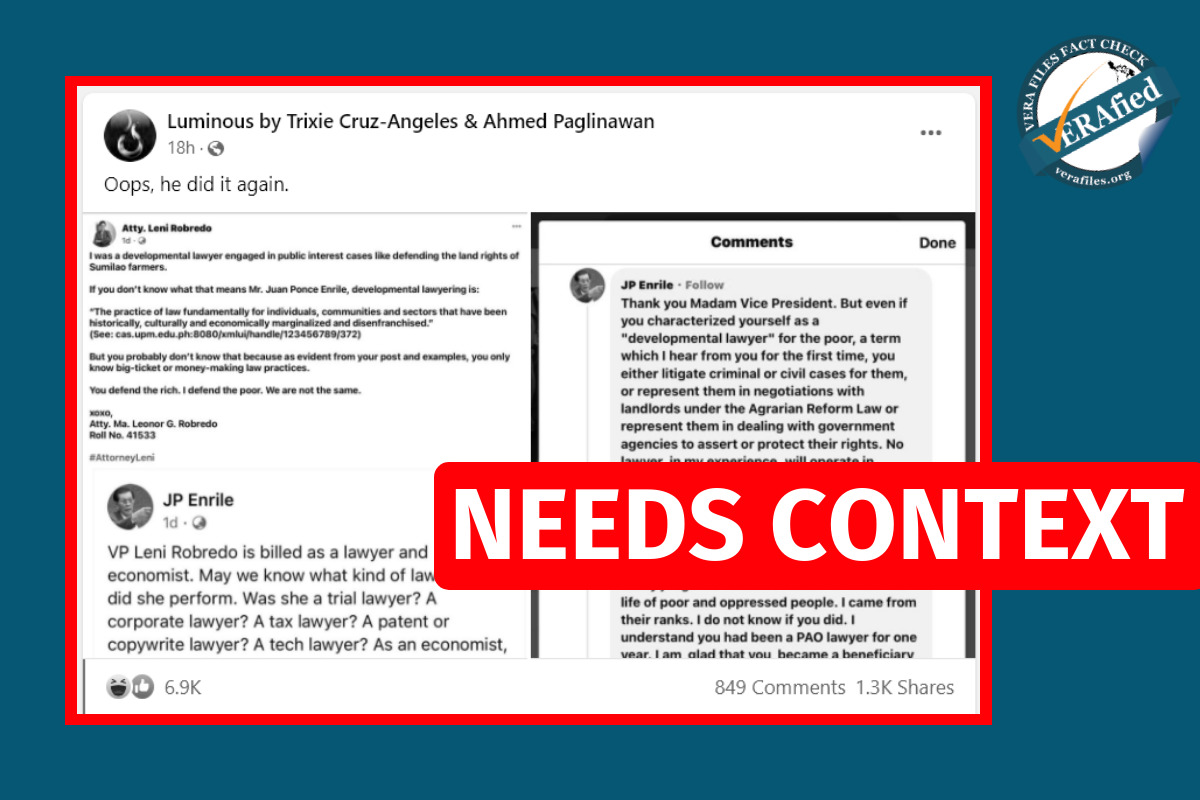He may be dead, but that doesn’t mean we are done with Juan Ponce Enrile.
In our hands lie the power to bequeath the real narrative of who he was: a butcher of the Marcos dictatorship, a beneficiary of the Marcos ill-gotten wealth, a predator of the country’s tropical rainforest, a senator mired in the corruption of money that he never owned because it belonged to the state’s coffers. Shame on Juan Ponce Enrile even at six feet below the ground.
There is an object of quotidian drabness but which many cannot do without – matchsticks (posporo). In 1905, the first match factory in the Philippines was established in Punta, Santa Ana, Manila by the Gsell brothers of Zurich, Switzerland. In 1914, they gave it the name Philippine Match. In 1926, the company was acquired by the Swedish Match Company and became the Philippine Match Company, LTD.
Fast forward 50 years later. First, take note of the year 1977. At that time, the Marcos dictatorship and martial law were in full swing. In that year, a little-known component of Philippine Match known as AK Wood Industries Inc. was sold. The buyer was an unlikely one, but not entirely so.
In 1978, the name AK Wood was changed to Eurasia Match Inc. In 1994, Eurasia Match was renamed by its owners the Jaka Equities Corporation. Jaka – for Jackie and Katrina Ponce Enrile, the portmanteau of the names of Enrile’s children.
The change of name was strategic. Jaka Equities Corporation became the Ponce Enrile family’s consolidation of their interests in match manufacturing, marketing and distribution, and food processing. It would later morph into something grandiose. It became the equity investment arm of the Jaka Group, owning shares of stocks in Philippine Global Communications, Far East Bank, Republic Glass, United Coconut Planters Bank.
The Juan Ponce Enriles were no tycoons. How did they become tycoon-rich?
In 1977, Enrile was only minister of national defense and member of the rubber stamp Interim Batasang Pambansa. But there was something else.
The National Historical Commission of the Philippines, in a YouTube documentary Kayo ang Hihirap Kami ang Yayaman, provides the brutally frank narrative of how Enrile acquired wealth:
“Enrile was also appointed as the general for logging in the Philippines during martial law. He was tasked by Marcos to give certificates to logging companies, which eventually led to one of Asia’s most devastating environmental disasters. During that time, the forest cover of the Philippines shrank until only 8% remained. Enrile also owned numerous logging companies such as Ameco in Bukidnon, Dolores Timber in Samar, San Jose Timber in Northern Samar, Kasilagan Softwood Development Corp in Butuan, Eurasia Match in Cebu, Pan Oriental which operates in Cebu and Butuan, Palawan-Apitong Corp in Palawan, and Royal Match. He also invested heavily in a rubber plantation in Basilan. A share of Marcos’s ill-gotten wealth was siphoned into those companies.”
“Enrile was also appointed by Marcos as the President of the Philippine Coconut Authority, where he established control of the copra industry together with Danding Cojuangco. The two ruled over the controversial Coco Levy Fund which proved their intense corruption in government service. The fund, which was supposed to be used to improve the country’s copra industry, was used by the two for programs led by Imelda Marcos and other Marcos cronies. A huge portion of the fund was also used for the presidential campaign of Ferdinand Marcos in 1983.”
In other words, Enrile’s career in the Marcos cabinet was merely a moonlighting career. He was one of Marcos’s principal thieves.
Take note of the name San Jose Timber, that it operated in Las Navas, Northern Samar. Enrile was not only a timber concessionaire. He was berdugo whose company made use of military men to terrorize the village populace.
On September 15, 1981, 18 heavily armed security men of San Jose Timber Corporation who were also members of the Special Forces of the Civilian Home Defense Force (CHDF) – and therefore at the behest of Enrile – massacred 45 men, women and children of Barrio Sag-od in Las Navas.
The United Press International reported to the world
“Witnesses and documents released by Catholic Church sources said paramilitary security forces armed with machine guns swooped down at the village of Sag-od on Samar Island Sept. 15 and shot to death 18 men, 15 women and 12 children, including five elderly people.”
This was known as the Sag-od Massacre or the Las Navas Massacre.
Last November 22, Enrile was laid to rest at the Libingan ng mga Bayani. But from what we know, he lies at the shit yard of Impunity. And that is where we shall bury him in our memories.
The views in this column are those of the author and do not necessarily reflect the views of VERA Files.





